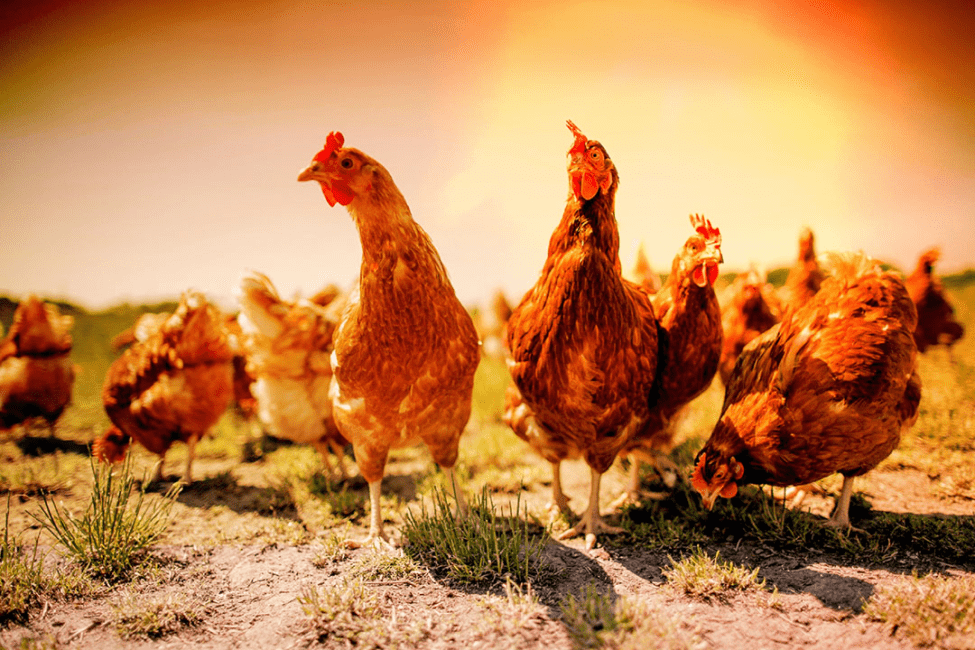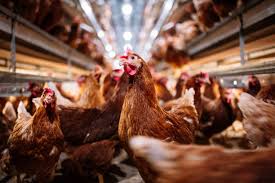Poultry breeders are managed essentially using the same techniques that apply to layers. The minor differences in practical details rest on the assumption that the breeders require more physical stamina and fitness to perform satisfactorily as breeders. This is achieved through feeding and physical exercises.
The following are critical issues:
- In the growers’ phase, their diets are such that will prevent fatness in the adult breeders.
- They are reared on the floor to give opportunity for physical exercise.
- They are given more floor space, and more feeding and water space.
- To prevent precocious mating, males and females are managed separately till maturity.
While artificial insemination is possible, it is not considered necessary in poultry. This is because of the high efficiency of the cocks as breeders and partly because of the poor storage qualities of semen and its lack of a suitable diluent.
The efficiency of the cock is reduced by the frequency of mating and thus the male-to-female ratio should not be higher than the recommended rate. The number of females should also not be too small as this promotes fighting among the females.
Read More: Viral Diseases of Poultry: Symptoms, Control, and Treatments

For pen mating, the ratio is one male to 3 or 4 females per pen. In the case of flock mating, one male to 8 females for large strain or 10 females for light strain.
The males are introduced into the female flock about 6 weeks after the point of the lay of the pullets. By this time the pullet breeders must have reached the egg size suitable for the setting.
To obtain good quality eggs, the nesting facilities should be adequate and clean, and there should be frequent egg collection.
When feeding, cocks would normally prefer the females and this results in their being underfed. (They need to be well fed for optimum performance.) Thus, some feeders should be set higher than others exclusively for males.
Read Also: Comprehensive Beginners Guide On Rose Farming






